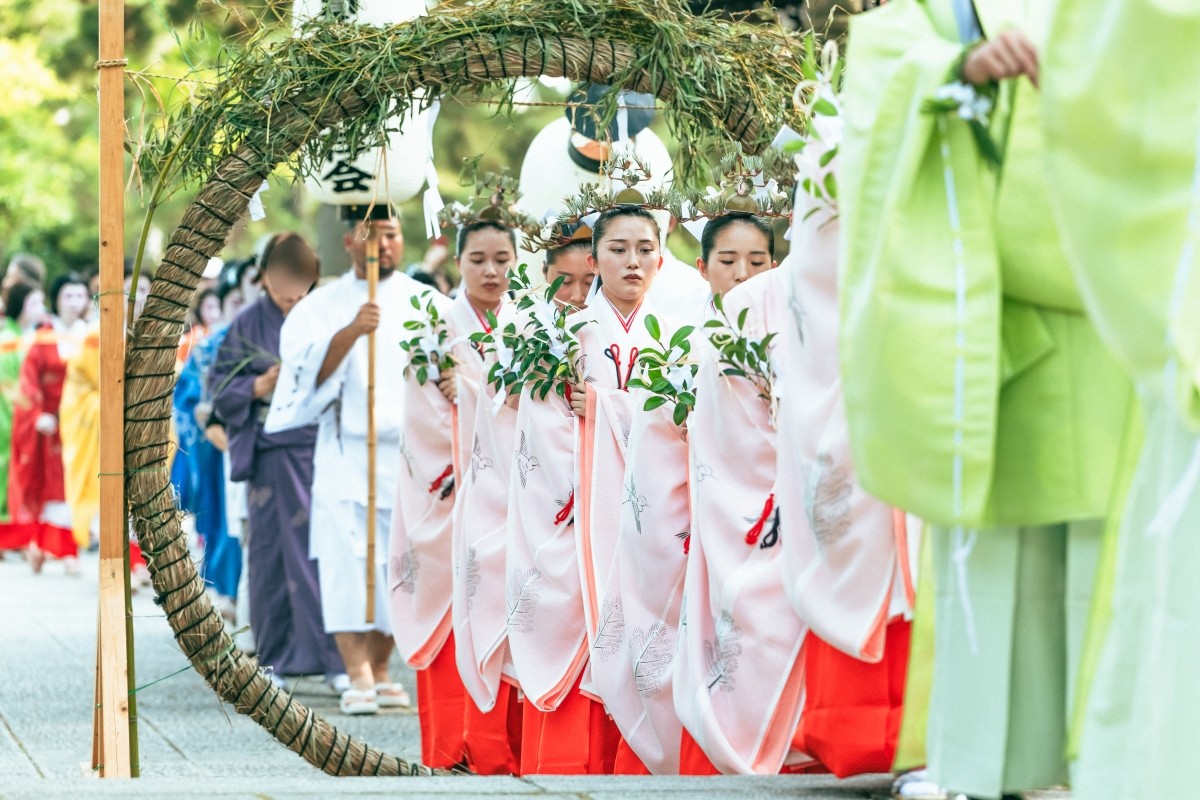
Image provided by: Sumiyoshi Taisha
Did you know that Japanese shrines hold a purification ritual called "Oharae" twice a year, marking each half of the year? This is an important Shinto ceremony to cleanse ourselves of sins and impurities we may have unknowingly accumulated in our daily lives, helping to refresh both body and mind. In particular, during "Nagoshi no Harae" held around June 30, participants pass through a large ring made of cogon grass in a ritual known as "Chinowa Kuguri". In this article, we’ll explain the meanings, origins, specific methods, and customs related to both "Nagoshi no Harae" and "Toshikoshi no Oharae", the latter held on New Year’s Eve.
What is the special ritual held in June and December?
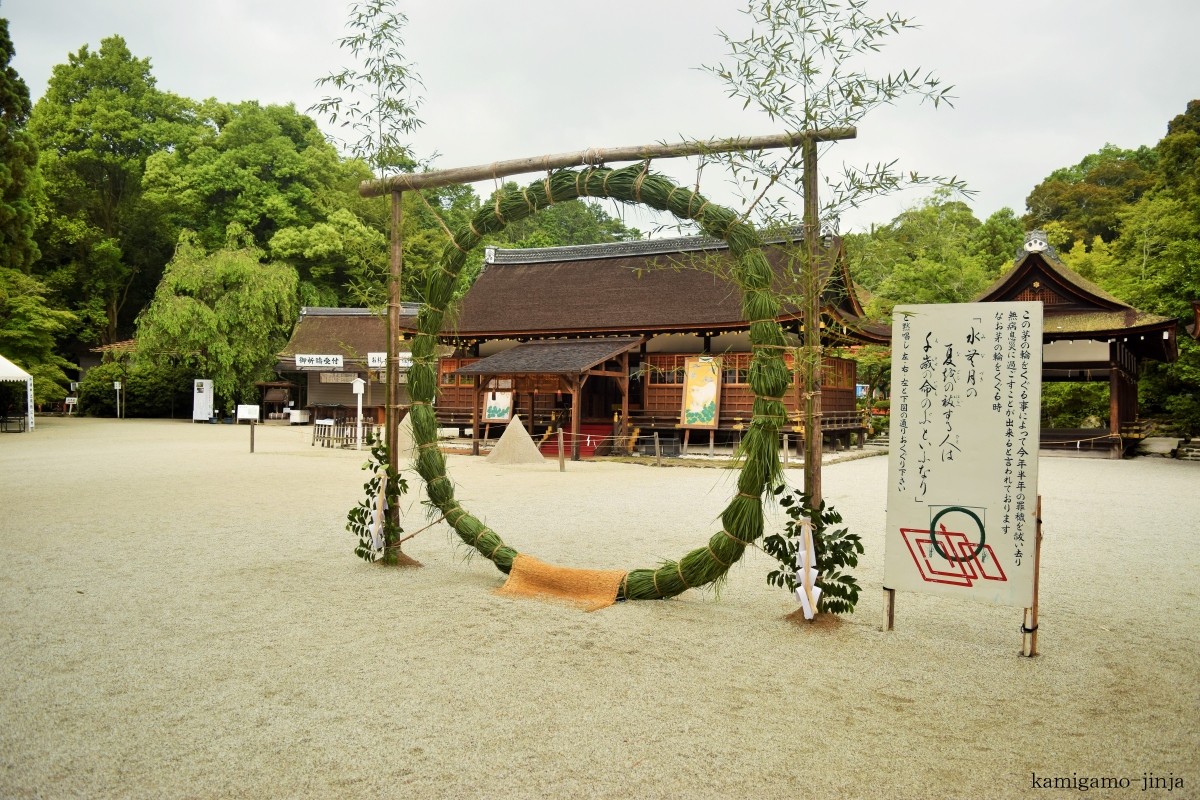
At Japanese shrines, a ritual called "Oharae" is performed every six months. It is a Shinto ceremony meant to "purify the sins and impurities of the past six months and welcome the next half of the year with a renewed spirit".
You might think, "I haven’t committed any sins or done anything impure!" But in a broader sense, things like accidentally killing insects or even just seeing their remains are common in daily life. In Shinto belief, even if we try to stay clean, impurities naturally cling to us through everyday living.
That’s why people perform this ritual to remove impurities, purify body and mind, and pray to ward off misfortune. That’s what the ritual of "Oharae" is all about.
In June, it’s called "Nagoshi no Harae", and in December, it’s called "Toshikoshi no Harae". In the June ritual, "Chinowa Kuguri" is a key feature, while in the December ritual, the highlight is "Hitogata Harai", or paper doll purification. Let’s go over each of these in more detail.
What Is "Nagoshi no Oharae" in June?
Let’s begin with the June ritual, "Nagoshi no Oharae". It is usually held on June 30. This ritual is performed to purify the sins and impurities of the past six months and to pray for good health for the rest of the year. During the ritual, participants also take part in "Chinowa Kuguri", where they pass through a large ring made of cogon grass set up within the shrine grounds or under a torii gate. It is believed that passing through this ring removes misfortune.
In the old calendar, June (which corresponds to July in the current calendar) was a time of intense heat and high humidity, making it easy for food to spoil and for epidemics to spread. This ritual became established as a way to ease such fears and to help people endure the harsh summer months.
How to Experience Chinowa Kuguri

A "Chinowa" is a large ring made from grasses such as cogon or straw. The size of the ring varies depending on the shrine, but some can reach up to five meters in diameter. It’s big enough for an adult to walk through with ease.
Passing through this ring is called "Chinowa Kuguri". It is believed that by walking through the Chinowa set up at the shrine, one can dispel evil spirits, cleanse body and mind, and avoid illnesses and misfortunes.
There’s a specific way to perform this ritual: you pass through the ring three times in a figure-eight pattern. The steps are as follows:
Turn to the left and walk through the ring (creating a figure-eight motion)
- Turn to the right and walk through again
- Turn to the left once more and walk through
- Finally, pass straight through from the front to complete the ritual
What Is "Hitogata Harai"?
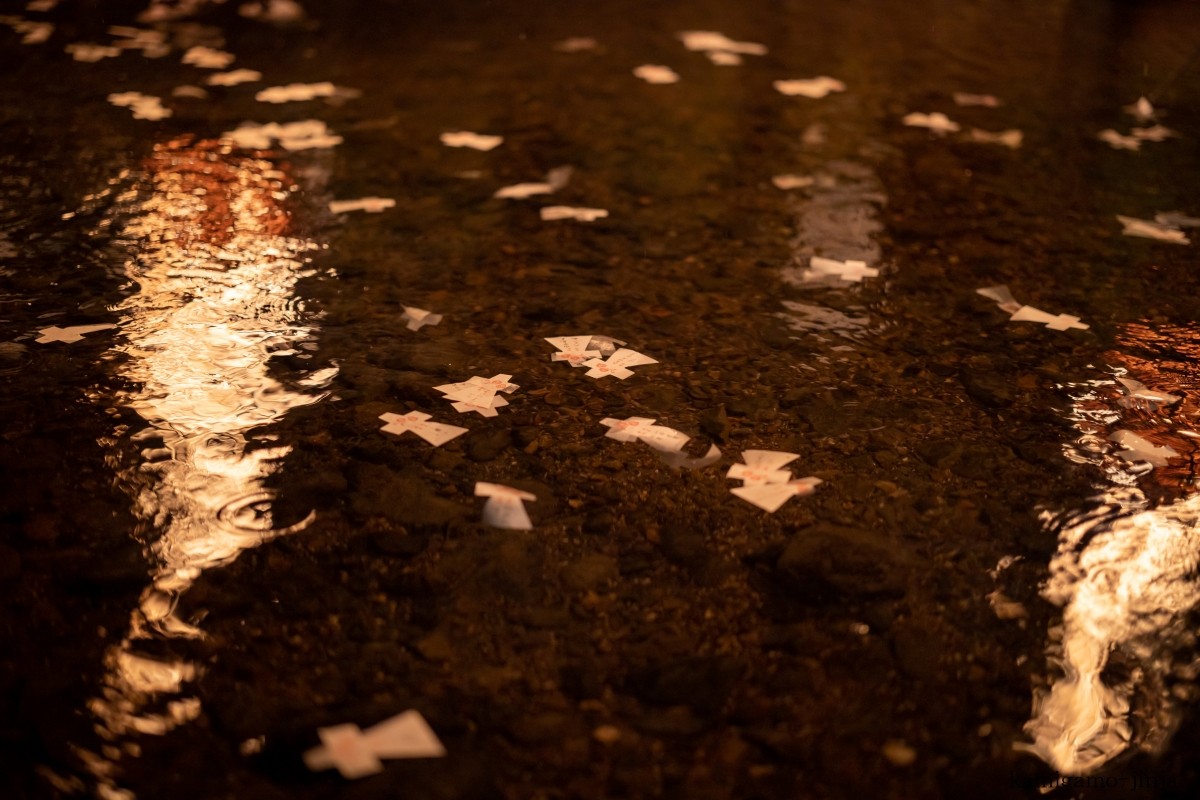
Alongside Chinowa Kuguri, another purification ritual called "Hitogata Harai" is also performed. In this ritual, people use paper dolls called "Hitogata", cut into the shape of a person, to transfer their sins and impurities. You write your name on the paper doll, rub it over your body to absorb your impurities, and then it is either burned in a sacred fire or floated down a river.
In Japan, there has long been a belief that "impurities are washed away with water", so it is thought that by transferring one’s sins and misfortunes to the Hitogata and sending it down a river, both body and spirit can be purified.
The Custom of Eating "Minazuki"
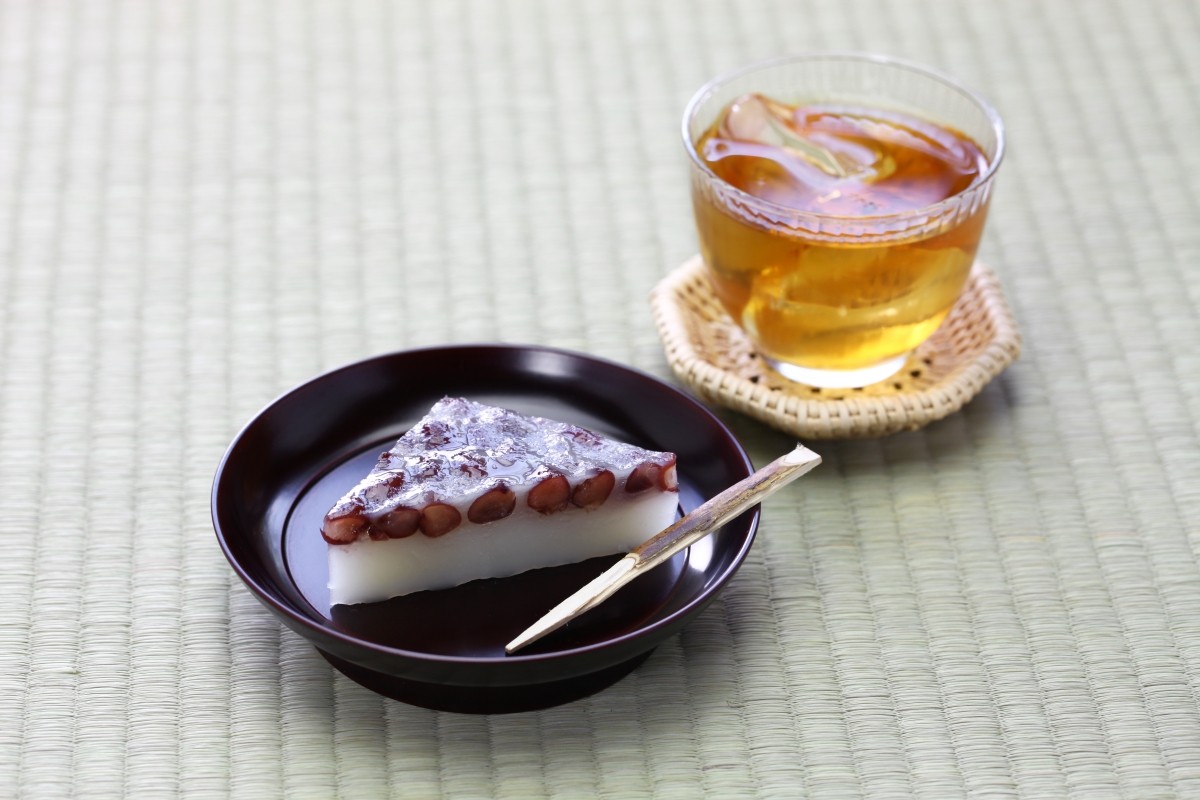
Around the time of Nagoshi no Harae, there is a custom of eating a traditional sweet called "Minazuki" to pray for good health. Minazuki is a Japanese confection made by placing sweetened red beans on top of white "Uirou" (a steamed rice cake) and cutting it into triangular pieces.
In the past, during Nagoshi no Harae, there was a court tradition of eating ice to ward off summer heat. However, ice was a luxury item at the time and not easily accessible to common people.
As a substitute, people began making Minazuki, using white Uirou to represent ice and adding red beans, which are believed to ward off evil. With this background, Minazuki has become a popular sweet eaten during this season to wish for good health.
What Is "Toshikoshi no Oharae" in December?
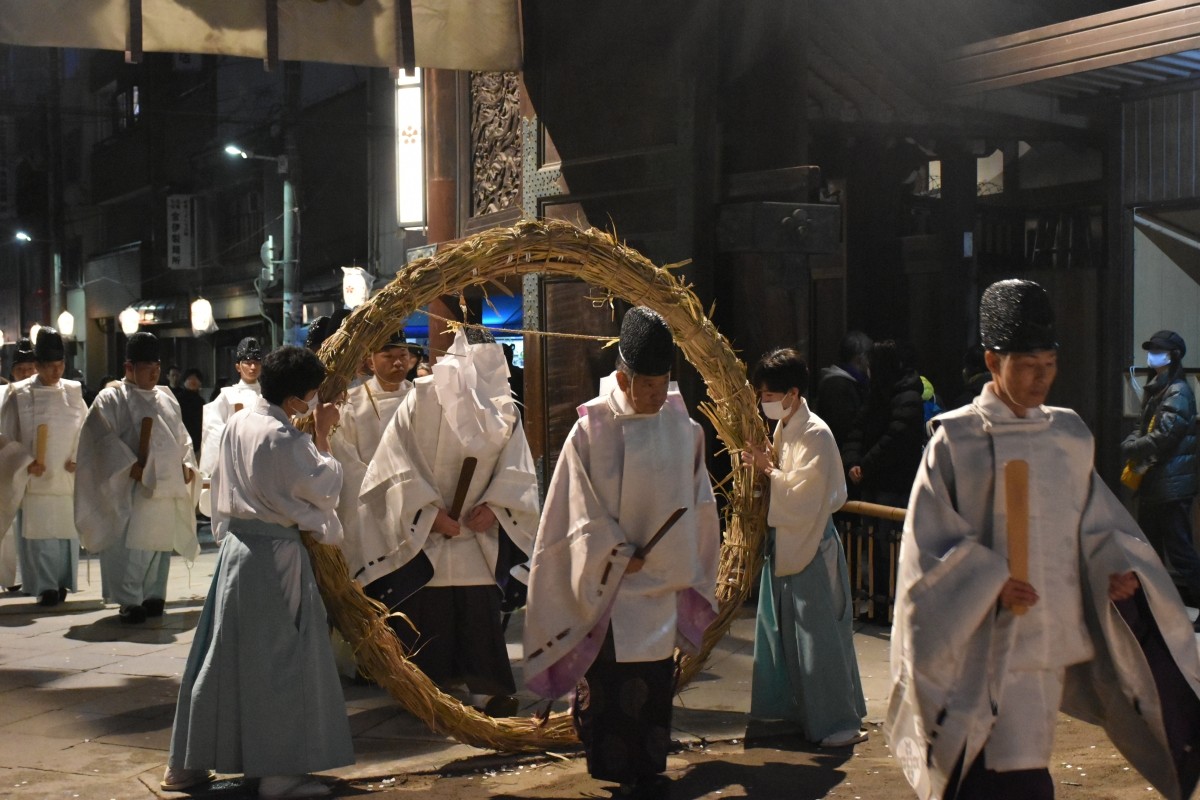
Another form of the Oharae purification ritual is the "Toshikoshi no Oharae", held on New Year's Eve, December 31. While the Nagoshi no Oharae in June aims to purify sins and impurities from the past six months, Toshikoshi no Oharae is meant to cleanse the entire year’s worth of misdeeds and spiritual impurities, allowing people to welcome the new year in a pure state. During the ritual, a prayer called the Oharai Norito is recited to ward off misfortune.
"Hitogata Harai" Is Also Performed
Just like during the summer ritual, a "Hitogata Harai" is also carried out during Toshikoshi no Oharae. Participants transfer their impurities onto a paper doll (hitogata), which is then burned in a sacred fire or floated down a river to purify the body and spirit.
Connection to "Joya no Kane"
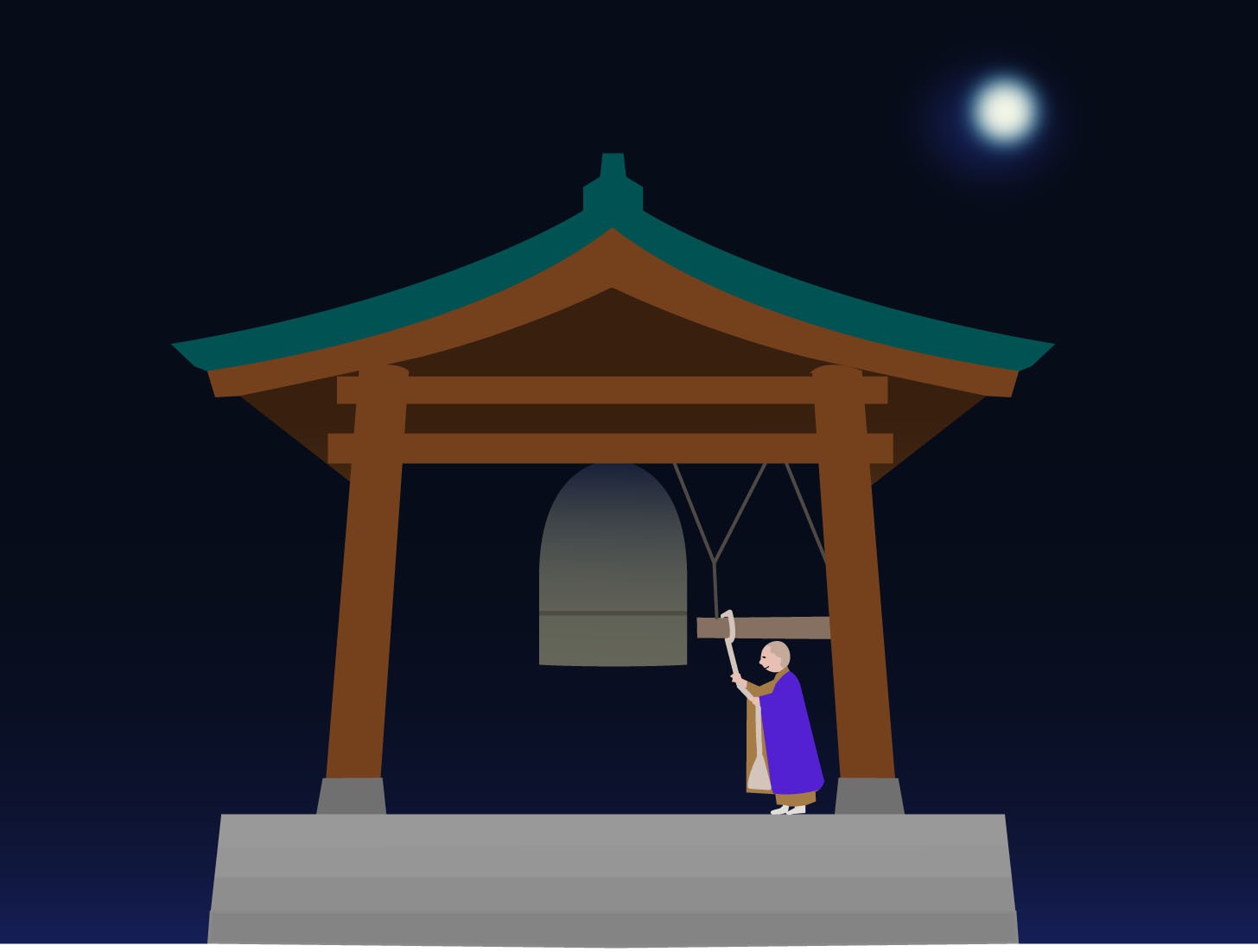
While the Oharae rituals are part of Shinto practices performed at shrines, Japanese people also observe a Buddhist ritual on December 31 called Joya no Kane. This ceremony involves ringing a temple bell 108 times to eliminate the 108 worldly desires and spiritual impurities, helping people start the new year with a clean slate.
For many Japanese people, both Shinto shrines and Buddhist temples are equally familiar and meaningful, and it’s not uncommon to take part in both rituals without seeing a contradiction. This peaceful coexistence of two different purification traditions may seem unusual to those from other countries.
Shrines Where You Can Experience the Oharae Ritual
Now let’s introduce a few shrines where you can experience the Oharae ritual, with two examples each from Tokyo, Kyoto, and Osaka.
Kameido Sengen Shrine [Tokyo]
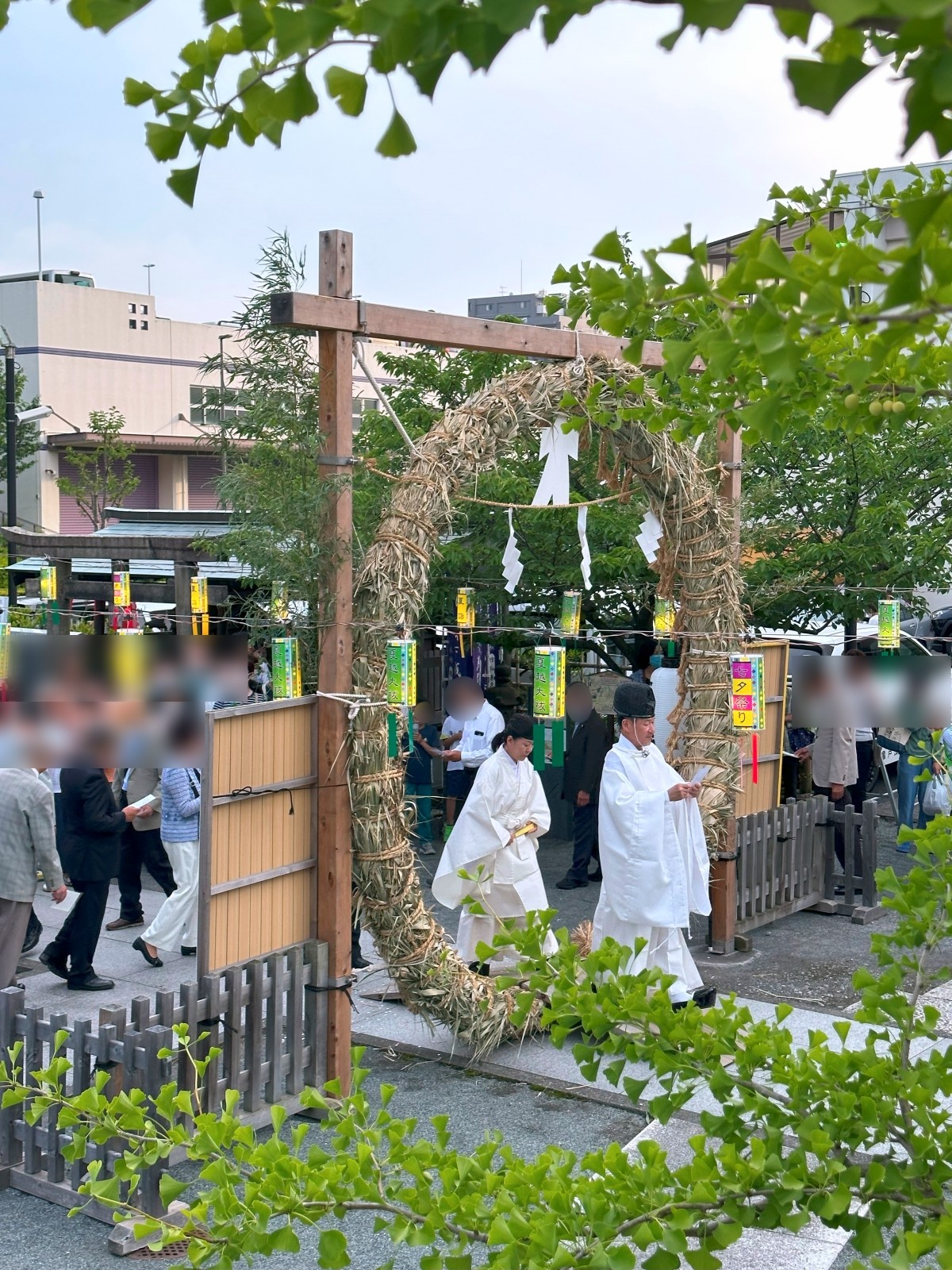
Located in Koto City, Tokyo, Kameido Sengen Shrine holds its Nagoshi no Oharae under the name "The Largest Chinowa Kuguri in the Kanto Region". Although the exact date varies, it’s typically held at 5:00 PM on the Saturday closest to June 30—this year, that’s June 21, 2025. After the ceremony, the Chinowa remains available until the Tanabata festival on July 7 for anyone to walk through freely.
For the year-end ritual, the Chinowa is set up around December 20, and the Toshikoshi no Oharae ceremony takes place at 5:00 PM on December 31. After the ritual, the Chinowa remains available for visitors to walk through until around January 10.
Kameido Sengen Shrine
- Address: 9-15-7 Kameido, Koto-ku, Tokyo
- Shrine Office Hours: 9:00–16:00 (Open for worship anytime)
- https://www.sengen.or.jp/
Tokyo Daijingu [Tokyo]
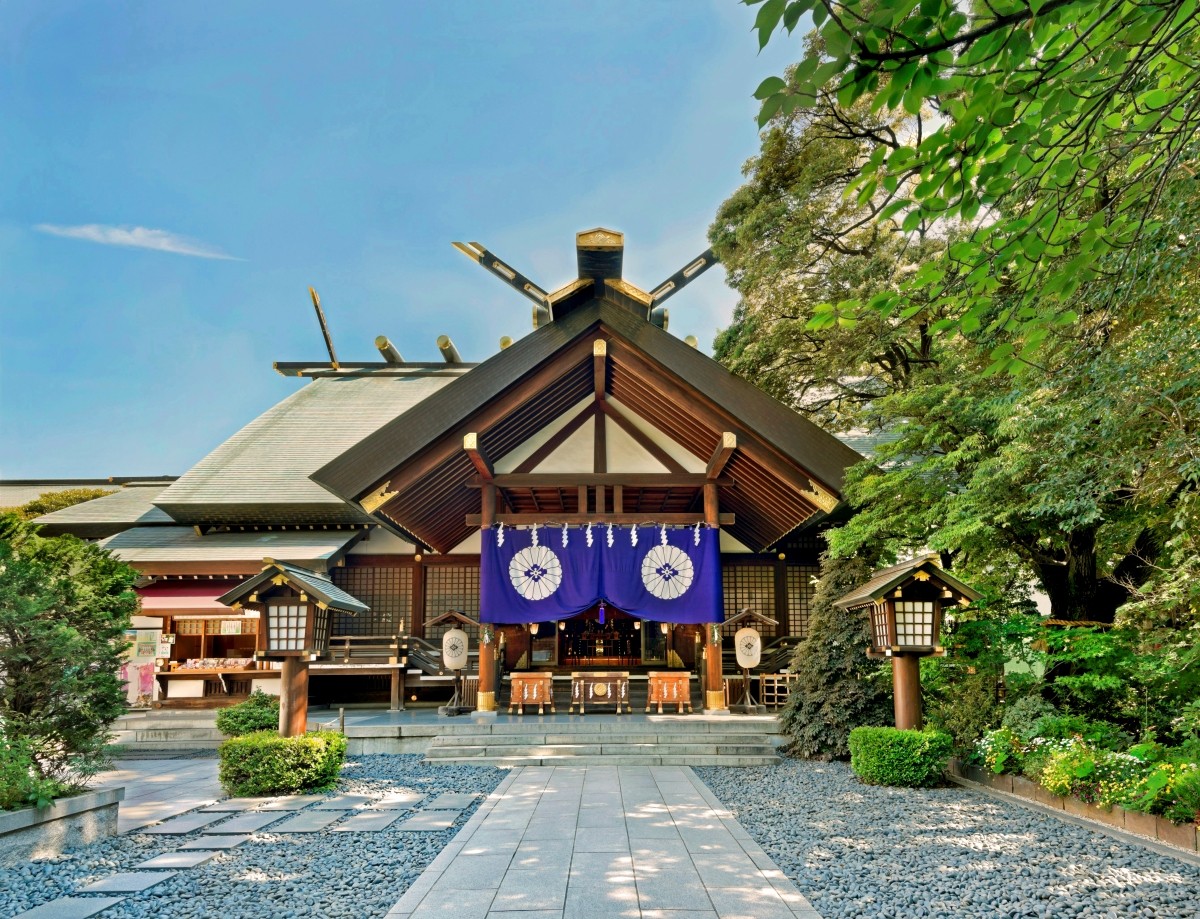
Located in Chiyoda Ward, Tokyo Daijingu sets up its Chinowa ring from late June through June 30.
Visitors are welcome to walk through the ring and offer prayers during this period. However, on June 30 from around 1:00 PM to 5:00 PM, the Nagoshi no Oharae ritual is held, and the ring cannot be used during that time. Since the shrine becomes very crowded on the day of the ritual, it’s recommended to visit on another day if possible.
Tokyo Daijingu
- Address: 2-4-1 Fujimi, Chiyoda-ku, Tokyo
- Shrine Office Hours: 6:00–21:00 (Open for worship anytime)
- https://www.tokyodaijingu.or.jp/
Heian Jingu Shrine [Kyoto]

Located in Sakyo Ward, Kyoto, Heian Jingu Shrine was founded to commemorate the 1100th anniversary of the transfer of the capital to Heian-kyo. The shrine is famous for its striking vermilion buildings and a large torii gate about 24 meters tall. The chinowa is placed at the "Otenmon" gate, an Important Cultural Property. From around June 24 to June 30, visitors can freely pass through the ring. The "Nagoshi no Oharae" ceremony takes place at 4:00 PM on June 30.
Heian Jingu Shrine
- Address: 97 Nishitennocho, Okazaki, Sakyo-ku, Kyoto
- Worship Hours: 6:00 AM – 6:00 PM *Hours may vary by season
- https://www.heianjingu.or.jp
Kamigamo Shrine (Kamo Wakeikazuchi Shrine) [Kyoto]
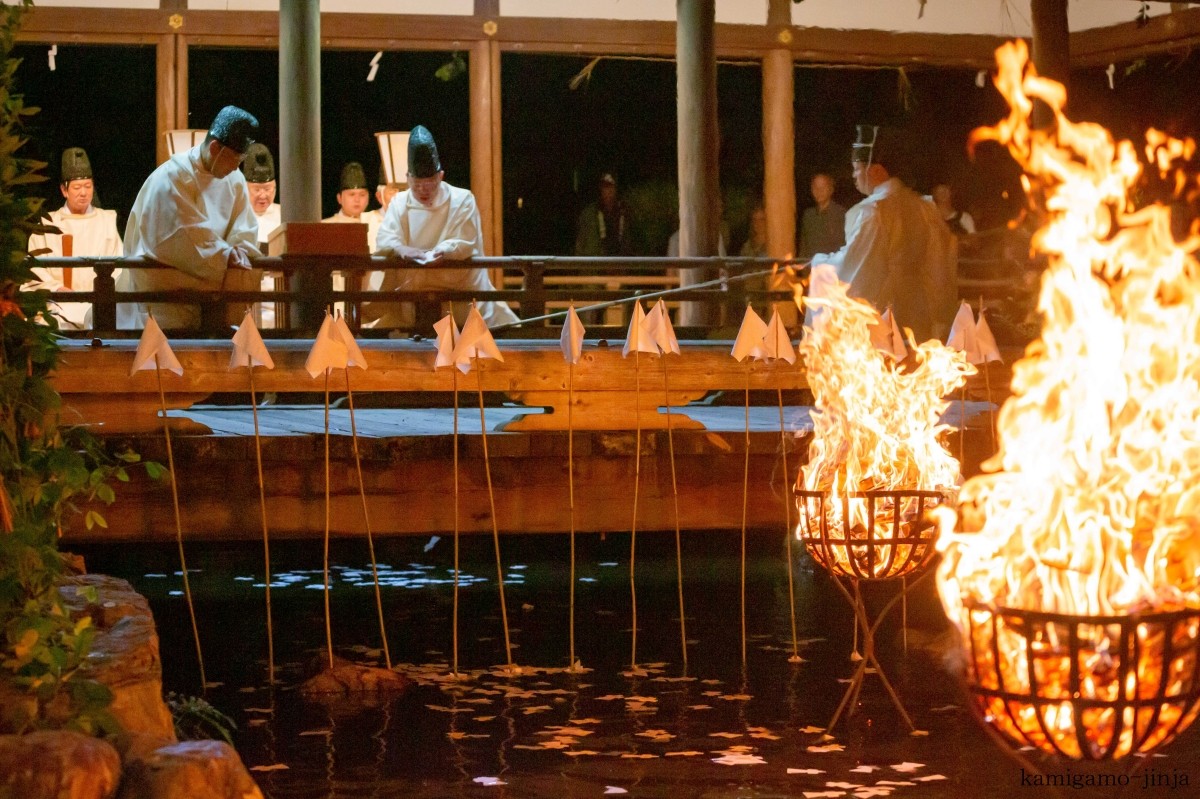
Located in Kita Ward, Kyoto, Kamigamo Shrine offers chinowa kuguri from around June 10 to June 30. The summer purification ceremony (Nagoshi Shinji) begins at 10:00 AM, and the Oharae ritual is held at 8:00 PM on June 30. Before the Oharae, visitors can freely pass through the ring after the earlier ceremony is performed by priests.
For the year-end, the Oharae ceremony begins at 4:00 PM on December 31. During the ritual, paper dolls (hitogata) are floated down a stream that runs through the shrine grounds. The ceremony also includes the recitation of the "Nakatomi no Harae Kotoba" purification prayer.
Kamigamo Shrine (Kamo Wakeikazuchi Shrine)
- Address: 339 Kamigamo Motoyama, Kita-ku, Kyoto
- Worship Hours: 5:30 AM – 5:00 PM
- https://www.kamigamojinja.jp/
Osaka Tenmangu Shrine [Osaka]
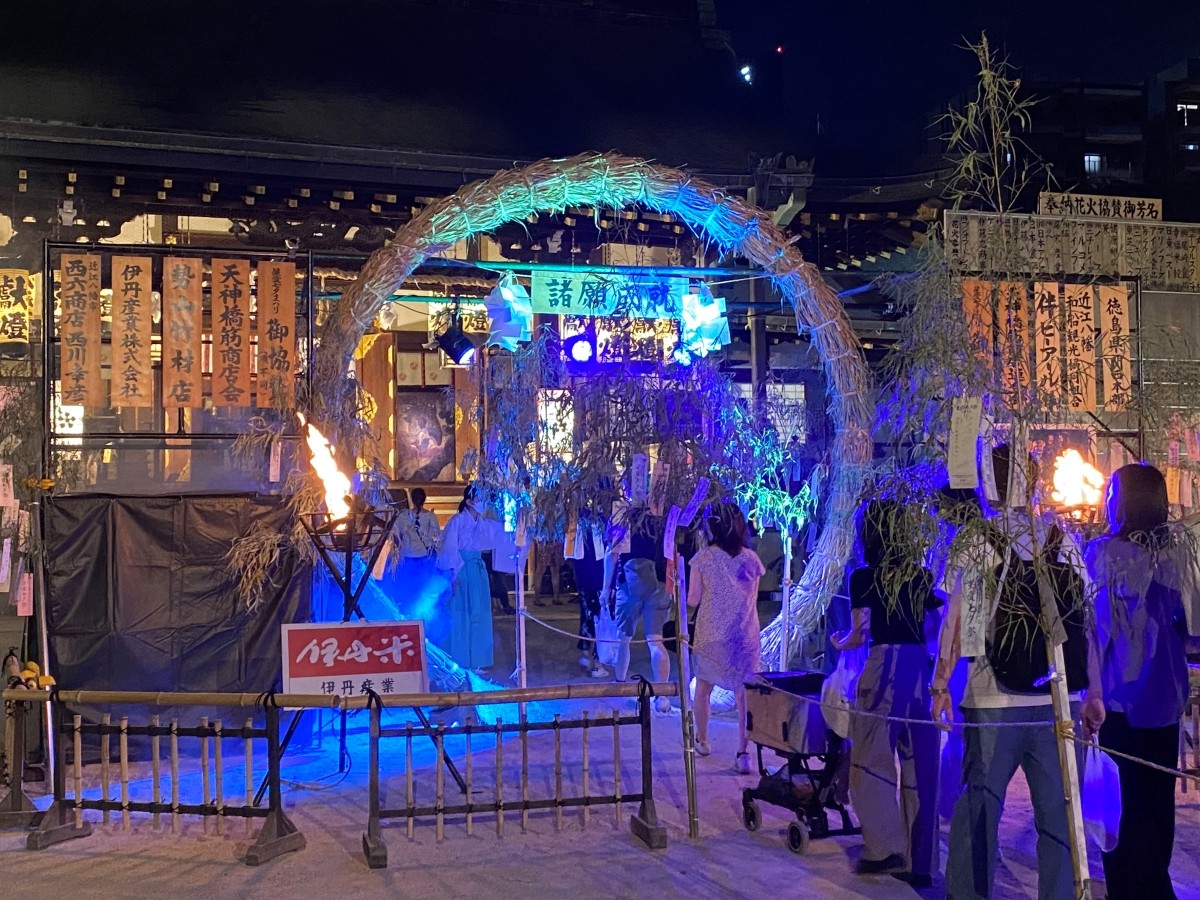
Located in Kita Ward, Osaka City, Osaka Tenmangu Shrine is famous for the "Tenjin Festival", one of Japan's three great festivals, held on July 24 and 25. During the festival and also during the "Tanabata Festival" on July 7, a large chinowa is set up in front of the main hall, allowing visitors to pass through it freely.
On December 31, the "Oharae" ceremony is held using paper dolls (hitogata) to cleanse impurities, and the chinowa ritual is also available.
Osaka Tenmangu Shrine
- Address: 2-1-8 Tenjinbashi, Kita-ku, Osaka
- Shrine Office Hours: 9:00 AM – 5:00 PM *Worship is open anytime
- https://osakatemmangu.or.jp/
Sumiyoshi Taisha Shrine [Osaka]
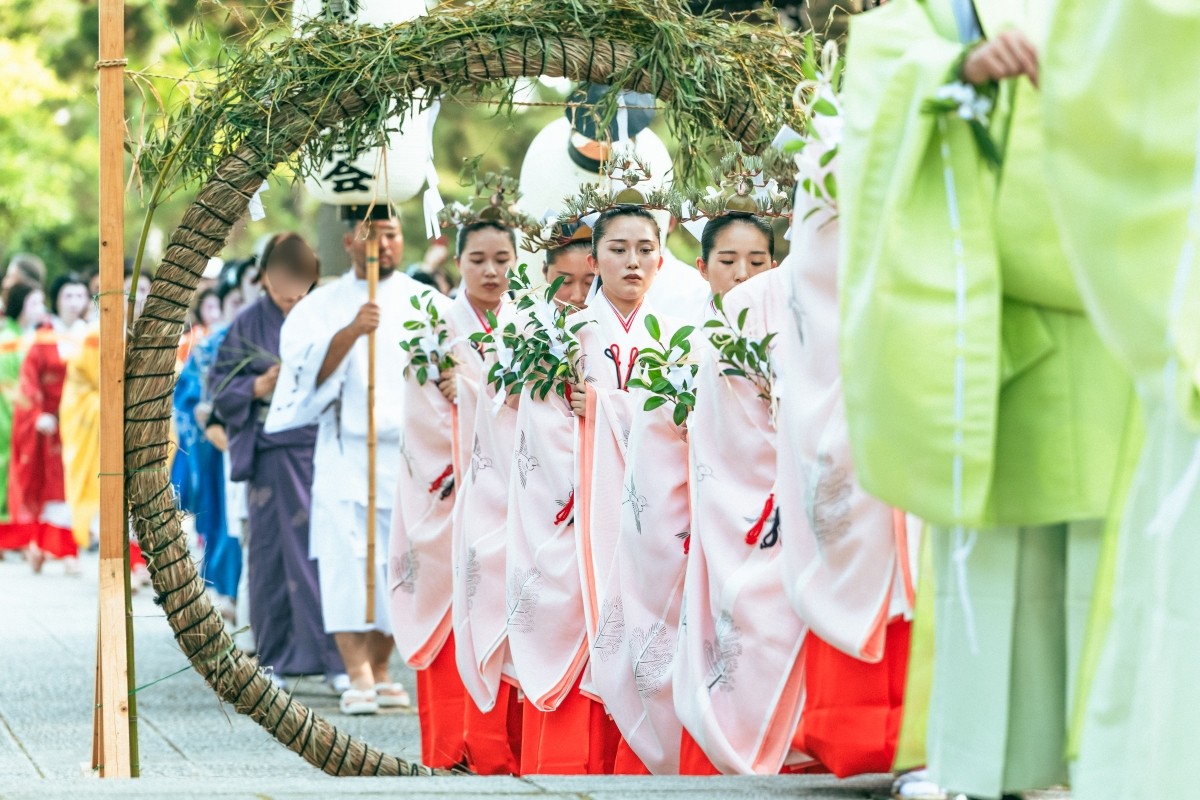
Located in Sumiyoshi Ward, Osaka City, Sumiyoshi Taisha holds the "Nagoshi Harai Shinji", a designated Osaka Prefecture Intangible Folk Cultural Asset, on July 31. After a ceremonial ritual where women and children dressed in colorful kimono—known as Nagoshi-me and Chigo—pass through the chinowa in a procession, visitors are also invited to join the line and walk through the ring. As you do so, recite the traditional poem: "住吉の夏越の祓する人は千年のよはひのぶといふなり"("Those who perform the summer purification at Sumiyoshi shall live a thousand years.")
The "Shiwasu Oharae-shiki" (Year-End Oharae Ceremony) takes place at 4:00 PM on December 31. Participants take part in the ritual and use "kirinusa"—a sacred mixture of shredded paper and hemp—to purify themselves.
Sumiyoshi Taisha Shrine
- Address: 2-9-89 Sumiyoshi, Sumiyoshi-ku, Osaka
- Shrine Office Hours: 9:00 AM – 5:00 PM *Worship Hours: 6:00 AM – 5:00 PM (April–September), 6:30 AM – 5:00 PM (October–March)
- https://www.sumiyoshitaisha.net/
Cleanse Yourself with Japan’s Traditional "Oharae" Ritual
In this article, we've explained the traditional Japanese purification ceremony "Oharae", focusing on the summer version in June and the year-end version in December. While we introduced specific shrines, similar ceremonies are held at shrines across the country. Why not take part in one of these rituals and purify your mind and body at the turning point of the seasons?
References:
Nihon Daihyakka Zensho 15 2nd ed., Shogakukan, 1994, 927 pages
Yasuko Miura (Author), Yuko Kato (Illustration), A Picture Book of Japanese Seasonal Events to Share with Children, Nagaoka Shoten, 2014, 144 pages
Ajio Fukuda, Kensaku Kikuchi, Yuko Yamazaki, Toru Tsunemitsu, and Toshio Fukuhara, Encyclopedia of Annual Events in Japan You Should Know, Yoshikawa Kobunkan, 2012, 207 pages
Kikuko Hirafuji, What Kind of Place is a Shinto Shrine?, Chikuma Primer Shinsho, 2015, 202 pages

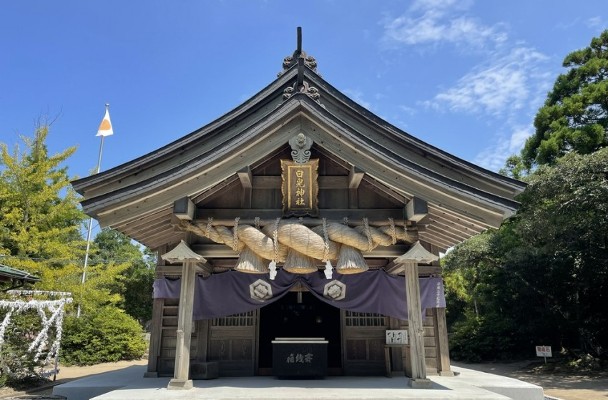
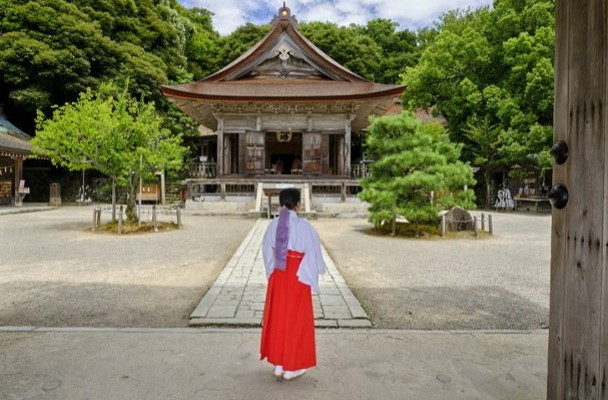
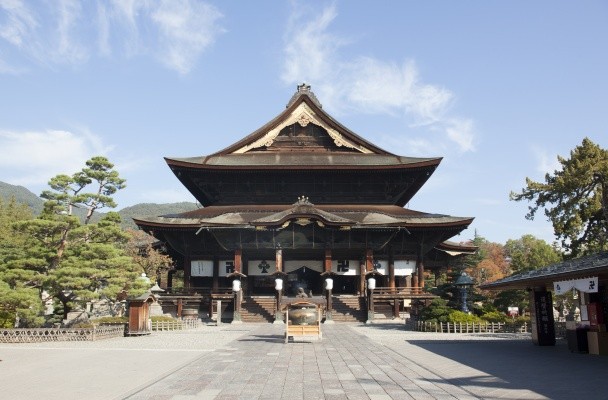
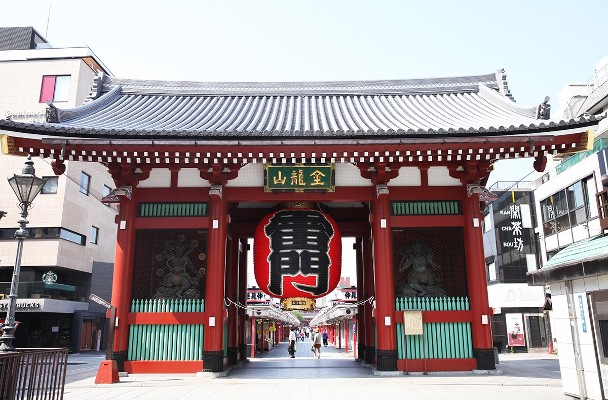
Comments